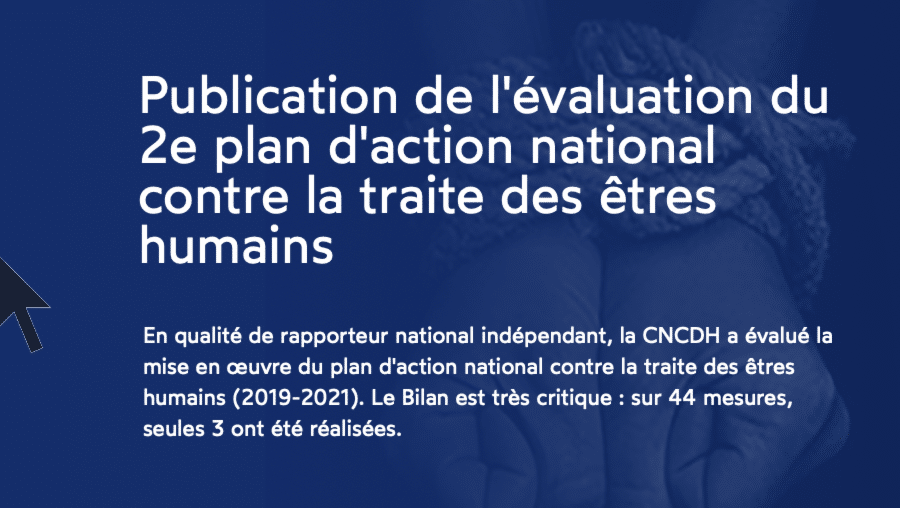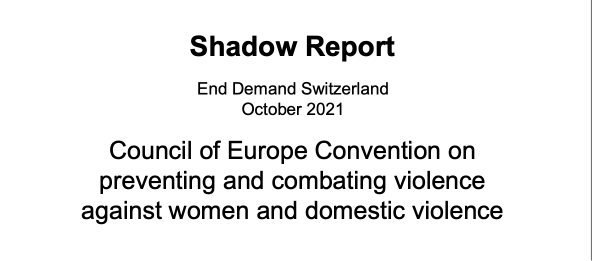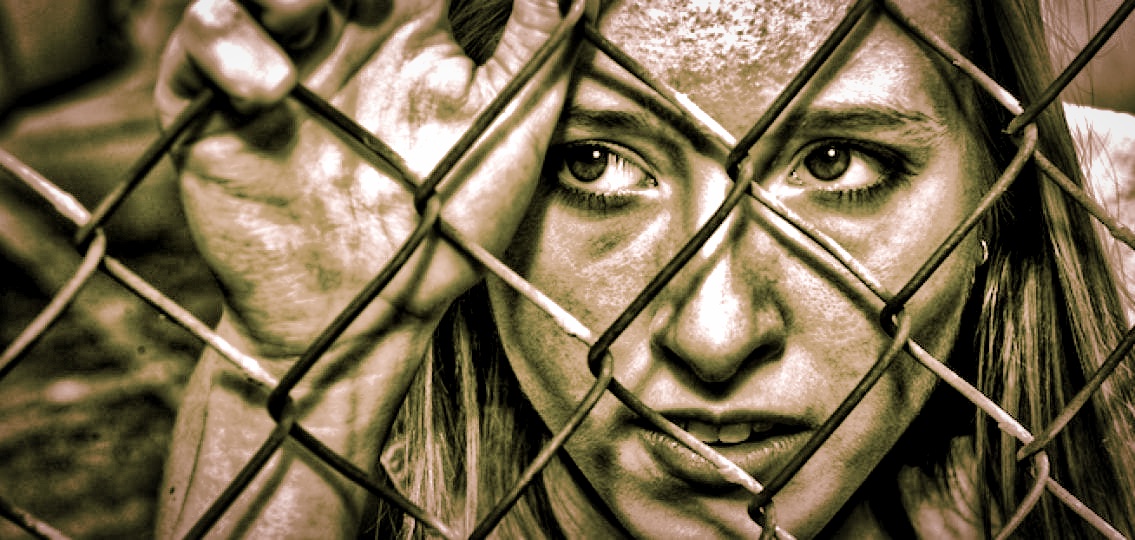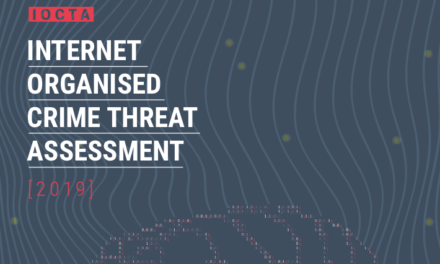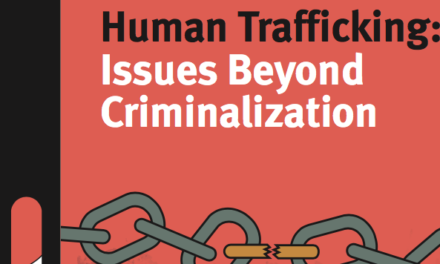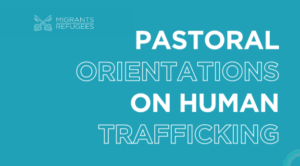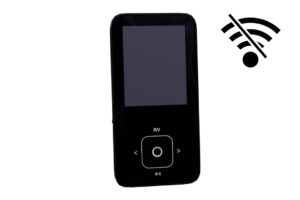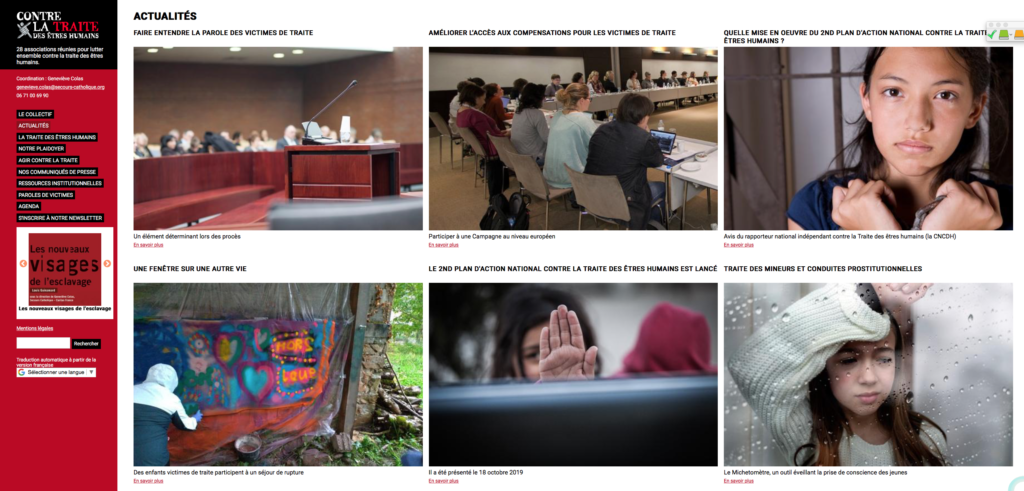What is the Nordic Model?
The Nordic Model approach to prostitution (sometimes also known as the Sex Buyer Law, or the Swedish, Abolitionist, or Equality Model) decriminalises all those who are prostituted, provides support services to help them exit, and makes buying people for sex a criminal offence, in order to reduce the demand that drives sex trafficking. This approach has now been adopted in Sweden, Norway, Iceland, Northern Ireland, Canada, France, Ireland, and most recently, Israel.
Some starting points
- What is the Nordic Model?
- Myths about prostitution
- Facts about prostitution
- What’s wrong with prostitution?
- Prostitution Policy and Law: What are the Options?
- Survivor testimony
- Books
- ‘I am a prostitute. I have been a prostitute since I was underage. I’m in my mid-30s now’
- ‘Sex work’ advocates and the Nazi propaganda playbook
- What is the Nordic Model?
- Working as a receptionist in a legal brothel proved to me that prostitution is anything but a normal job
- Home
- Ask your MP to support women and VOTE FOR the Nordic Model
- MYTH: Punters respect the women they buy
- Amnesty’s Dangerous Wishful Thinking on Prostitution
- Prostitution is not a job and never will be. Here’s why.
- The women behind the windows in Amsterdam’s red light district
How Did This Approach Come About?
The Nordic Model Was Pioneered In Sweden After Extensive Research. One Of The Researchers Was Cecilie Høigård. Here She Describes What Happened (Translated By Daisy Elizabeth Sjursø And Edited Slightly For Length):
“We Spent Several Years Doing Fieldwork And We Developed Close Relationships With The Prostituted Women. We Heard About Their Experiences Of Past Abuse, Extreme Poverty And Violence. We Were Prepared For These Stories, Because Of Our Previous Studies On Outcasts And Marginalized People. But What The Women Told Us Of Their Concrete Experiences Of Prostitution Was Unexpected And Shocking.
They Told Us What It Was Like To Use Their Bodies And Vaginas As Rental Apartments For Unknown Men To Invade, And How This Made It Necessary To Separate Their Body From Their Self: ‘Me And My Body Are Two Separate Parts. It Is Not Me, My Feelings Or My Soul He Fucks. I Am Not For Sale.’
The Women Had Numerous Strategies To Maintain This Separation. To Be Agents In Their Own Lives They Showed Great Ingenuity And Vigour Within The Little Space For Manoeuvre They Had. However, Over Time It Became More Difficult For Them To Maintain The Separation Between Their Body And Self. After The Punter Was Done, It Became Increasingly Difficult To Bring The Self Back. Eventually The Women Came To Feel Worthless, Dirty And Disgusting.
These Stories Were Very Similar To Accounts We’d Heard From Victims Of Other Sexual Violence, Such As Incest, Rape And Domestic Violence.
The Research Group Disagreed About Many Things, But We Shared The Same Feelings Of Despair About The Women’s Pain And The Punters’ Lack Of Understanding Of The Consequences Of Their Actions.
Then The Idea Of One-Sided Criminalisation Of The Punter Struck Me Like Lightning. The Idea Increased My Heart Rate, And Gave Me A Sense Of Everything Falling Into Place.
There Was Huge Opposition To The Proposal At First But After Some Years Opponents In The Working Group Changed Their Point Of View.
The Debate That Followed Served As A Large-Scale Educational Campaign. In Sweden, The Attitudes Towards The Law Changed Rapidly In A Positive Direction, And The Proportion Of Swedish Men Buying Women’s Bodies Has Decreased.”




